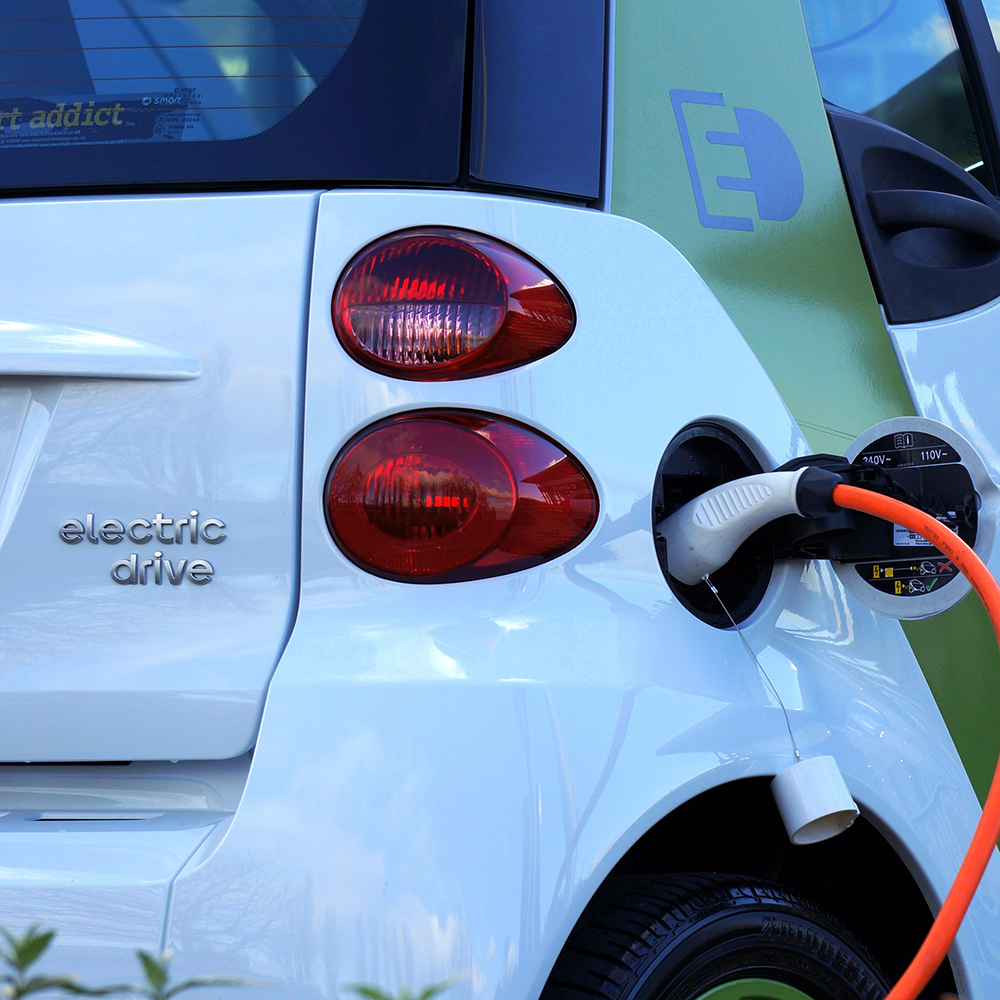Because they have a history of self-arson, EVs are an “insurance concern,” says Duggan Flanakin of the Committee for a Constructive Tomorrow. But when they’re not burning on the street, in garages, setting homes ablaze, or making cargo ship fires far worse than they otherwise would have been (and sometimes starting those fires themselves), “insurance companies are having to write off EVs with just a few miles – leading to higher premiums – because of the many EVs for which there is no way to repair or assess even slightly damaged battery packs after accidents.”
It’s already an expensive proposition to drive in California. Fuel prices combined with high insurance premiums have made it the worst state for drivers. When Bankrate last compiled its ranking, in November 2021, it was the fourth time since it began analyzing the driving experience across the country that California was ranked last.
We can of course forget the impact of California’s exorbitant fuel prices for EVs, since they don’t run on gasoline or diesel. (Or can we, since the state’s electricity prices are the third highest in the country?) But other costs of driving still affect EV transportation, such as repair costs, which, like insurance premiums, are steep in California. According to MarketWatch, “the Golden State has the highest average cost for a car repair in the nation.” Aftermarket Matters also ranks California as “the most expensive state in the U.S. for car repairs. Cost, on average, is $410.73 for labor and parts.”
Though EVs have far fewer moving parts that can break, things get more costly when one needs to be repaired. Nothing more than a “minor fender bender,” says Flanakin, can set owners back by “about half the cost of the vehicle,” because the batteries have a catastrophic price tag, some costing as much as $20,000. In some cases, a dinged-up EV is a total loss.
The wealthy Californians who are the predominant EV owners can usually absorb the cost of insuring and repairing their virtue-signaling cars. But what happens as more and more have to buy EVs, as so ordered by Gov. Gavin Newsom? In 12 years, there will be no more new internal-combustion automobiles for sale in the state. A small business owner who has to replace a conventional vehicle will have no choice but to buy an EV that has a higher sticker price, and will cost more to insure and repair. Same for the low-wage earner who needs transportation to get to work.
If it seems no one who has political power in Sacramento has thought about this, or even cares, well, that’s likely the case. The welfare of Californians is no longer a concern in the state Capitol, nor in the halls of local governments. The commitment is to the at-all-costs advancement of the Blue State model of governance.
Kerry Jackson is a fellow with the Center for California Reform at the Pacific Research Institute.

